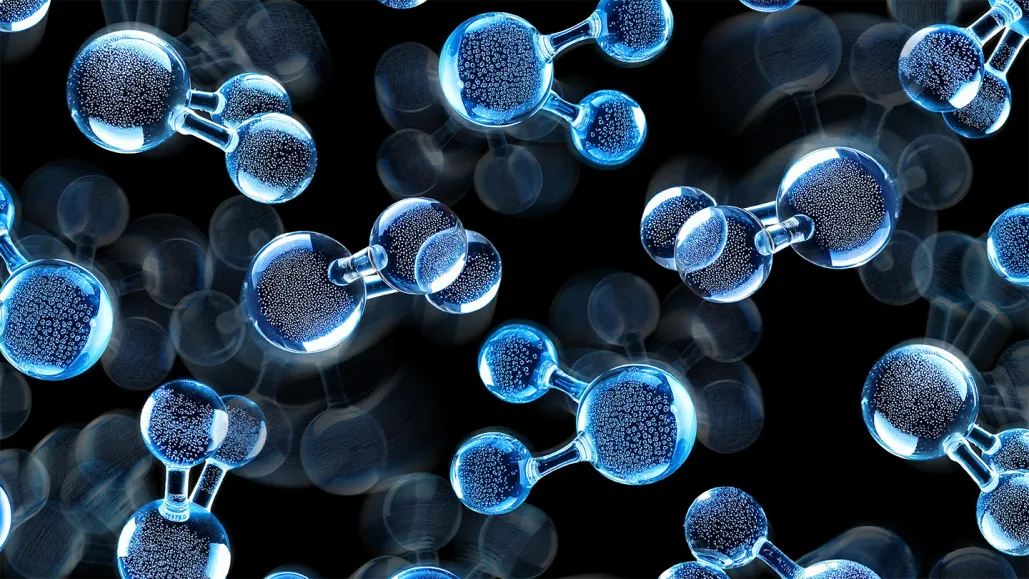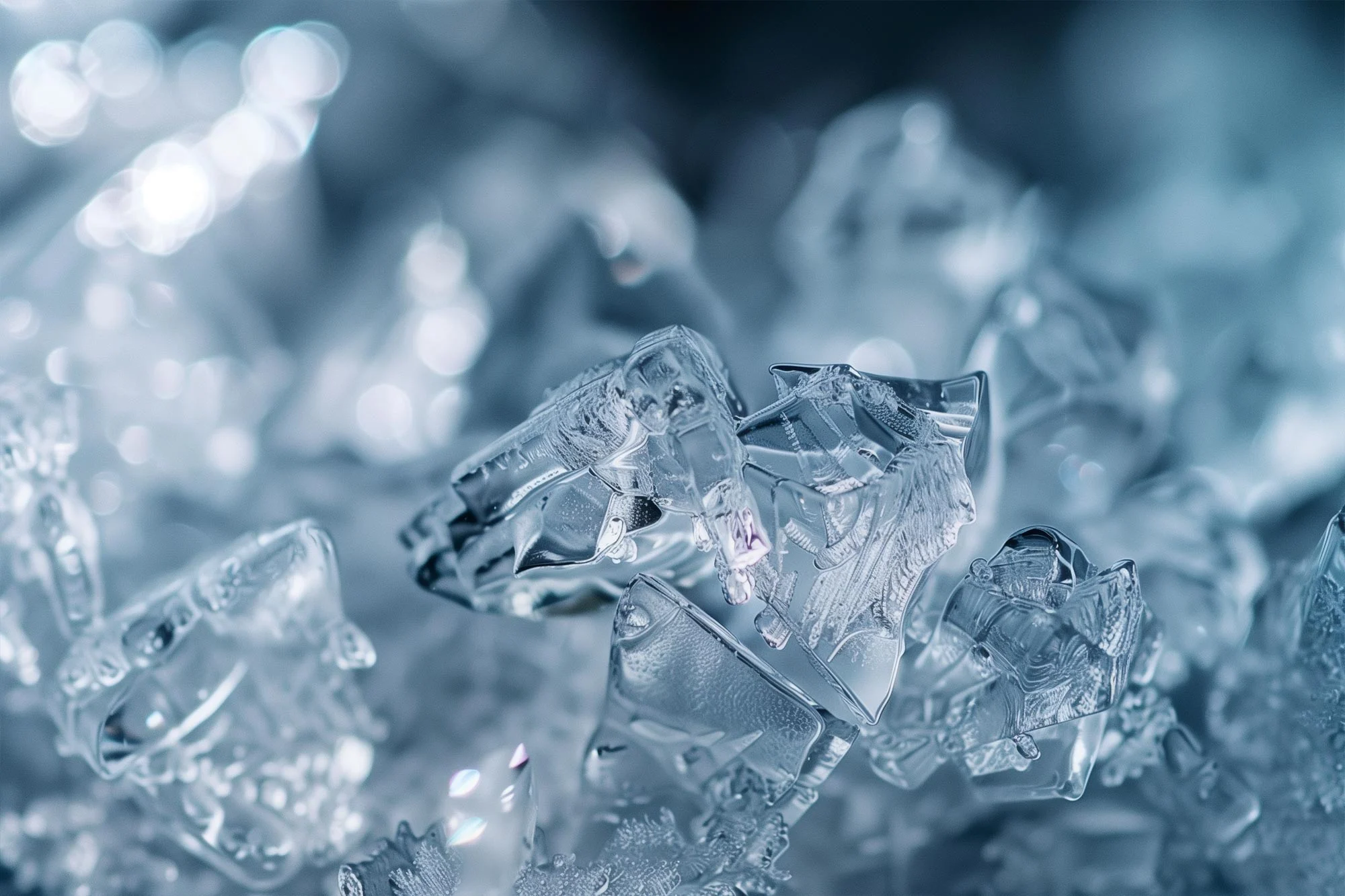Scientists have confirmed the existence of a unique type of ice known as plastic ice, which was previously theorized to exist in extreme environments. This hybrid phase of water, reported in Nature on February 12, exhibits properties of both solid ice and liquid water. The breakthrough could improve our understanding of the inner structures of distant planets and moons, including those that may support life. Plastic ice is believed to exist under high-pressure and high-temperature conditions, similar to those found deep within alien oceans.
Unique Properties and Theoretical Predictions of Plastic Ice VII Confirmed
Plastic ice behaves differently from conventional ice on Earth. Unlike typical crystalline ice, where water molecules are arranged in a rigid hexagonal lattice, plastic ice has a structure that allows for some movement.
According to physicist Livia Bove, plastic ice is more deformable and can be squeezed through small openings despite remaining solid. This property, known as plasticity, makes it distinct from other ice phases. Unlike everyday ice, which primarily exists in the form known as ice Ih, scientists have identified more than 20 other forms, each forming under different temperature and pressure conditions.

Plastic ice was first predicted over 15 years ago through computer simulations, which suggested that under extreme pressure and heat, the molecules of ice VII could start rotating freely while remaining in a fixed structure.
This theoretical form, termed plastic ice VII, was difficult to confirm experimentally due to the technical challenges of replicating such extreme conditions. However, a new experimental setup at the Institut Laue-Langevin in France allowed scientists to observe molecular motion at high pressures, finally providing direct evidence for the existence of plastic ice.
Neutron Beam Experiment Confirms Plastic Ice VII and Its Planetary Significance
Bove and her team used a neutron beam to analyze water samples under pressures up to 60,000 bars and temperatures reaching 326°C. By measuring how neutrons interacted with the water molecules, the researchers identified a phase where molecules rotated at high speeds while remaining in fixed positions—confirming the existence of plastic ice VII.
However, instead of moving freely as predicted, the molecules exhibited a jerky, swiveling motion, breaking and reforming hydrogen bonds as they rotated. This unexpected behavior provides new insights into the unique dynamics of this ice phase.
The discovery of plastic ice VII has significant implications for understanding the formation and evolution of icy moons like Europa and Titan. It is believed that this phase of ice may have existed during their early formation before their high-pressure interiors allowed water to escape.
Additionally, plastic ice VII could play a crucial role in the chemistry of deep alien oceans on exoplanets. By studying how it interacts with salts, scientists may better understand how nutrients circulate in these oceans, potentially supporting life. This research brings us one step closer to unlocking the secrets of habitable environments beyond Earth.
